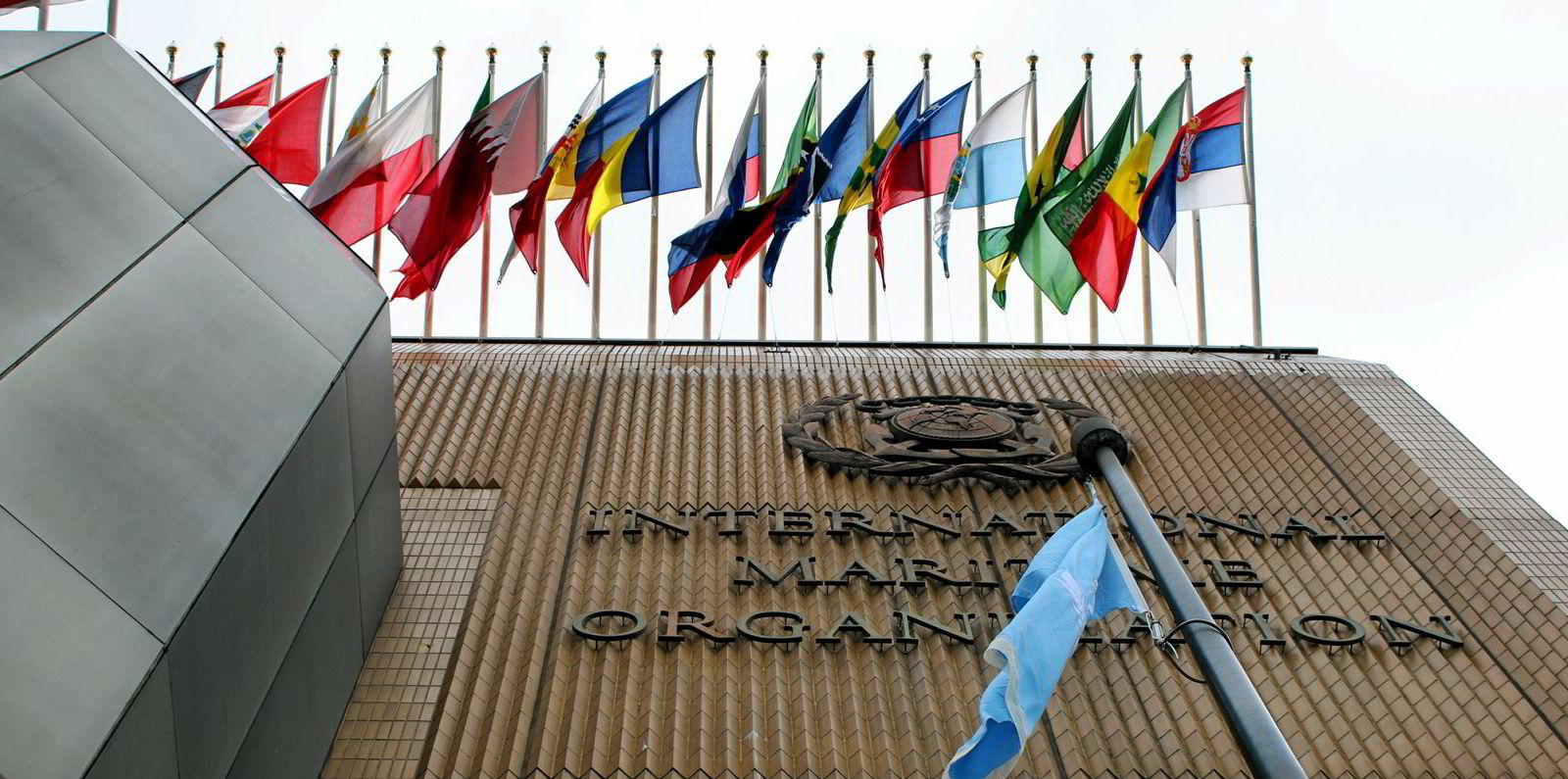Relatively low-cost measures could cut emissions from shipping by up to nearly 50% by the end of this decade, according to a report from established shipping analysts CE Delft.
Ships could achieve 28% to 47% emissions reductions by 2030, compared to 2008 levels, by deploying 5% to 10% zero or near-zero emission fuels, wind-propulsion assistance technologies where possible and reducing the speed of vessels, said the report commissioned by Transport & Environment, Seas at Risk, Ocean Conservancy and Pacific Environment.
Issued in the week the International Maritime Organization begins to consider revising its climate objectives from a current target of halving emissions by 2050, the Shipping Emissions GHG Report 2030 said the measures would increase shipping costs by 6% to 14% on average.
Dancing activists dressed as a swarm of jellyfish and an octopus gathered outside IMO headquarters in London on Monday to demand delegates support cutting climate pollution from ships by half by 2030 and make shipping zero emission by 2040.
Delft said speed reductions of 20% or 30% relative to 2018 would be needed alongside the use of wind-assisted propulsion options, with the largest efficiency improvement for each type of ship, and between 5% and 10% of bunkers being derived from zero greenhouse gas emission fuels to make the cuts it said are feasible.
About half the emission reductions would result from lower speeds and the other half be split between wind propulsion and zero-greenhouse gas fuels.
The lower levels of 28% emission savings are based on high demand growth, but lower growth could boost them by 10%.
Energy cost savings are significantly higher for scenarios with 30% speed reduction than those for a 20% speed reduction, the report said.
University College London estimates every year of inaction this decade will add an extra $100bn to the cost of shipping decarbonisation, it added.
John Maggs, shipping director at Seas at Risk, said it was not clear until now how much shipping’s decarbonisation would impact trade.

“Now we know not only that it is possible, and shipping has a clear pathway to halving its climate impact by 2030, but that it can do so at minimal cost,” Maggs said.
Faig Abbasov, director of shipping at Transport & Environment, said: “Waiting until 2050 to decarbonise is a bit like waiting until your house burns down before you call the fire brigade. This would be irresponsible and disingenuous.
“Science says halving emissions by 2030 is technically possible, and costs are manageable. What is needed is the political will; IMO needs to either step up or ship out!”
The IMO’s Marine Environment Protection Committee (MEPC 80) is set to revise its Initial Strategy on the Reduction of Greenhouse Gas Emissions from Ships at its meeting over the next two weeks.
Opening the session, IMO secretary general Kitack Lim said he had been impressed by the willingness expressed to adopt a revised strategy and urged delegates “to be ambitious and bold”.
Delaine McCullough, Ocean Conservancy campaigns manager for shipping emissions, added of the Delft report: “The IMO must not squander what may be the last best opportunity to put shipping on track to prevent a climate disaster.”





